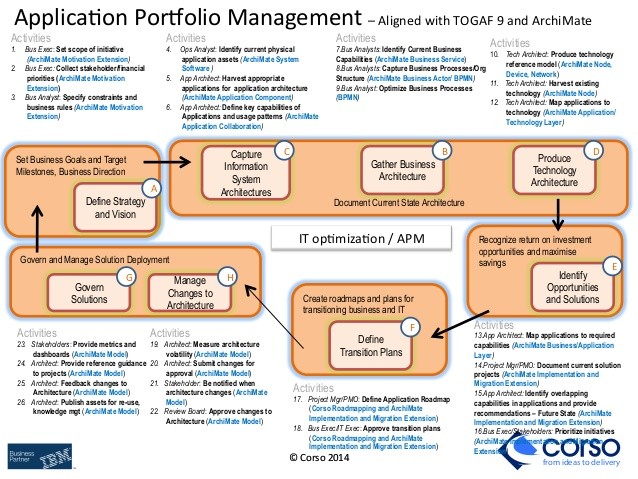Applying Portfolio Management as a Business Map
Post on: 16 Март, 2015 No Comment

Recent Posts
It’s the end of the year and many companies are reviewing how they performed over the last 12 months.
Portfolio management can help senior managers check how their products or services are performing — and maximize benefits and opportunities to plan for next year.
PMI’s Standard for Portfolio Management — Second Edition defines a portfolio as a collection of projects or programs and other work that are grouped together to facilitate effective management of that work to meet strategic business objectives.
And portfolio management is the coordinated management of portfolio components to achieve specific organizational objectives. When we use a portfolio approach, senior managers coordinate how projects and programs are managed and gain deeper understanding of what they mean to the organization.
Where I have worked, a portfolio is organized as a collection of business operations that share the same purpose. Portfolio management serves as our business map, where different business packages are laid out according to risk, profit and time.
In companies, portfolio managers address products or services according to risk and profit factors. Products or services are divided into four types:
· High-risk high-profit
· Low-risk high-profit
· High-risk low-profit
· Low-risk low-profit
Taking their payback period into consideration, benefits can be maximized by reasonably allocating resources and financial investment for each of the four types of products/business.
For example, products that are high-risk high-profit require time to generate high revenue.

As for businesses or products that are already generating long-term and stable profits — those in the low-risk low-profit category or basic business — careful resource allocation should lead to eventual increased revenue.
High-risk low-profit products should also be given appropriate resources, as long as they bring in certain benefits, such as expanding or maintaining market share, and keeping up with potential competitors.
Take computer manufacturer Acer, for example. In the past, Acer has made large profits on PC products of the low-risk high-profit variety. By 2008, Acer was about to surpass its main (and only) competitor, Hewlett Packard, as the world’s biggest PC manufacturer. But an unexpected competitor arose: Apple.
Acer’s long-term reliance on this low-risk high-profit strategy meant that innovative high-risk high-profit or high-risk low-profit technology products, such as those that Apple makes, were ignored. Apple topped Acer because Acer failed to plan a complete business map. It didn’t manage the risks arising from a low-risk high-profit strategy. Acer was only focused on pursuing market share by making and selling cheap PC products.
Even when your current business is generating high revenues, you should never ignore business plans and products that are still under development. You should always allocate reasonable resources to these business elements, and never solely depend on your successful products or services.
When planning your company’s products or services for the upcoming year, be sure to check if your strategic plan is well balanced. Make sure no element of your business is over-exploited and no element is ignored — no matter how little profit it currently generates.














